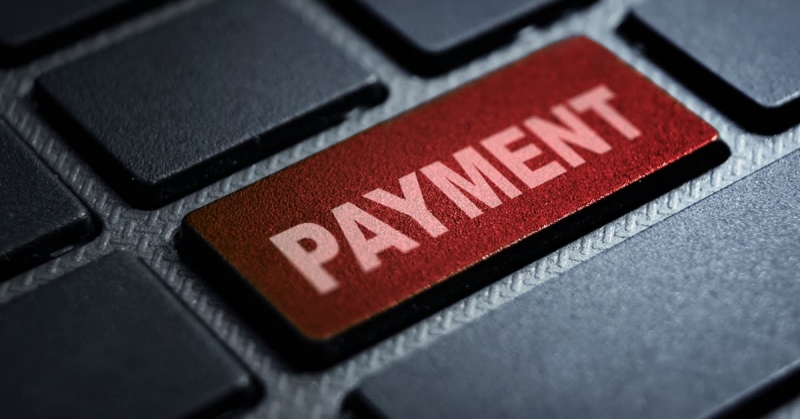Title
Navigating Customer Payment Expectations: Balancing Efficiency & Flexibility in I2C

Most financial leaders agree that the goal of the invoice-to-cash (I2C) process is ensuring customers pay on time. After investing so much time and money in acquiring the customer, delivering quality goods and services, and providing excellent customer service, the final step — getting paid — should be seamless. However, this critical touchpoint can become a source of frustration when your invoice delivery and payment channels lack the flexibility and efficiency to meet your customers’ expectations.
Why getting paid isn’t always straightforward
When designing a process, rarely do the words “efficient” and “flexible” go together. Flexibility often means accommodating exceptions, which naturally makes a process more complex and reduces efficiency. This challenge is especially true when designing I2C processes. To stay efficient, a payment process typically uses standardized invoice delivery, payment terms and payment channels. However, customers often have requirements that don’t fit into these simple standardized workflows.
For example, a customer may require invoices to be submitted to a new accounts payable (AP) portal before they’re accepted OR they might prefer to pay via a new form of credit card that can only be sent via email. While these exceptions may seem small at first, they can quickly add up, creating additional manual work for I2C teams that ultimately hinders both efficiency and scalability.
Strategies for streamlining payments
1. Segment customers by strategic importance
Not all customer relationships are the same. Categorizing customers based on their strategic importance can help determine the level of flexibility required. This ensures strategic customers receive tailored payment terms and channels while smaller, low-risk customers can use your standardized (yet still user-friendly) processes.
2. Invest in technology that speaks your customers’ AP languages
Customers expect their vendors to align with their AP systems rather than the other way around. Most AP systems will not customize workflows for a vendor’s needs, so it falls on I2C systems to interact on the AP system’s terms.
For large, strategic customers, this means investing in automation that can fully integrate with their AP portals — not just for invoice delivery, but also for receiving invoice status updates, managing disputes and claims, tracking promise-to-pays, and providing detailed remittance for upcoming payment.
For smaller customers, offering a self-service portal can be a valuable complement to their accounting system. A portal allows them to access invoices, submit disputes, communicate with you and submit payments at their convenience, improving efficiency for both sides.
3. Stay on top of AP trends
Accounts receivable teams typically have to react to emerging trends in accounts payable. It’s the nature of the business when one side controls the pocketbook. I’ve heard countless times from AR leadership, “We’re just lucky to get paid. I’ll do what it takes to apply the cash.”
I2C leadership can stay ahead of the curve and know what new customer expectations may be on the horizon by being aware of new AP features. A prime example of this is the rise of virtual credit cards, which many new AP systems promote as a faster, more secure payment method. Being proactive about these trends helps an AR team prepare for potential shifts and minimize inefficiencies.
Balance Efficiency and Customer Expectations
Successfully managing customer payment expectations in I2C requires a strategic balance between operational efficiency and customer needs. By segmenting customers and investing in I2C technologies that integrate seamlessly with their AP processes, businesses can enhance their process efficiency while improving the overall customer experience.
Subscribe to new posts
